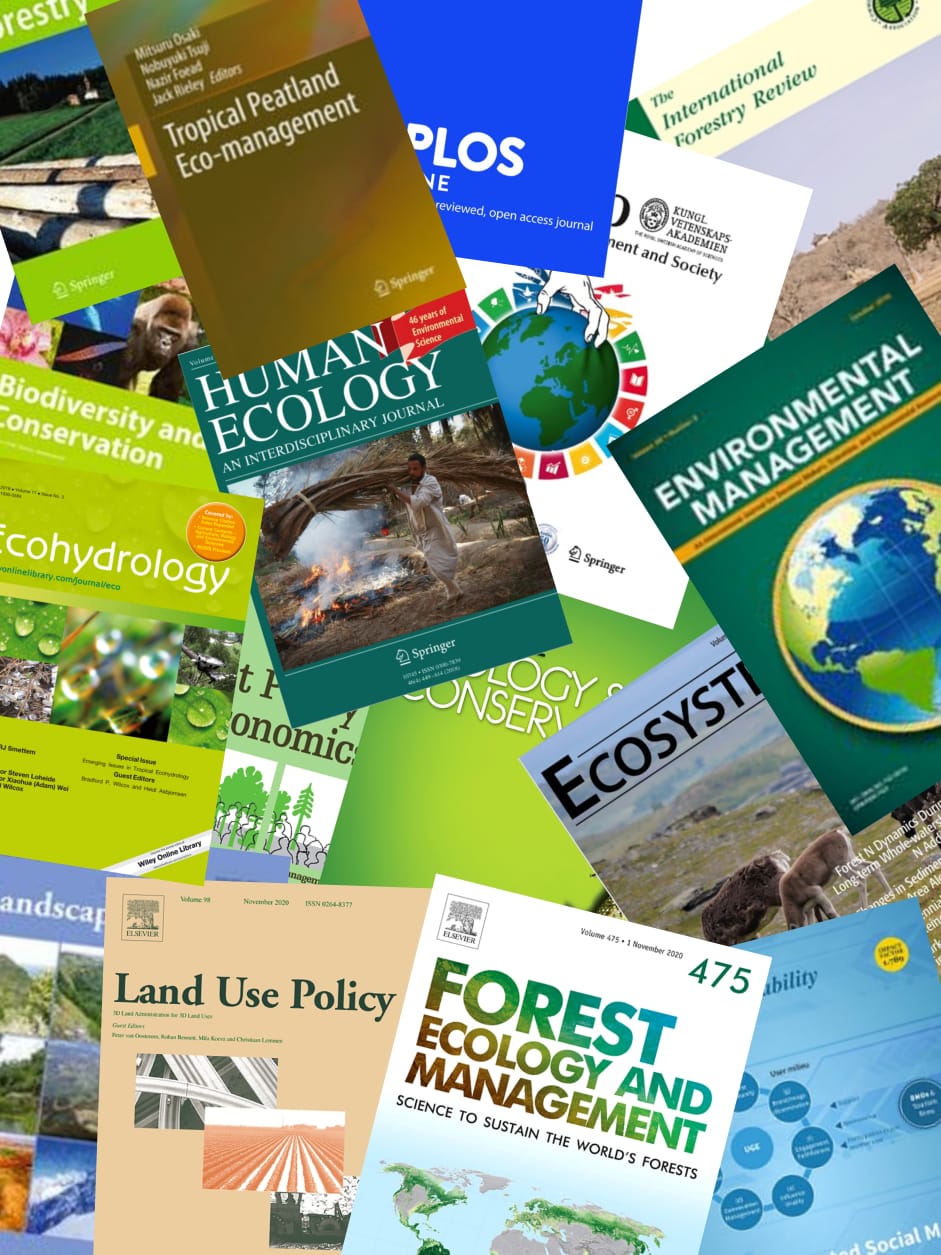Keyword(s)
agricultural wastes, bioenergy, biomass, coconuts, crop residues, economics, energy sources, erosion, fuels, heating, husks, maize, maize cobs, maize straw, nitrogen fixation, organic fertilizers, renewable energy, renewable resources, rice, rice byproducts, rice husks, rice straw, soil fertility, soil organic matter, straw, sugar yield, sugarcane bagasse, sugarcane byproducts, sugarcane trash, Philippines, Cocos nucifera, Oryza, Pennisetum purpureum, Zea mays, Cocos, Arecaceae, Arecales, monocotyledons, angiosperms, Spermatophyta, plants, eukaryotes, Poaceae, Cyperales, Pennisetum, Zea, APEC countries, ASEAN Countries, Developing Countries, South East Asia, Asia, corn, farm wastes, hulls, organic matter in soil, paddy, rice hulls, Agricultural Economics (EE110), Natural Resource Economics (EE115) (New March 2000), Soil Chemistry and Mineralogy (JJ200), Fertilizers and other Amendments (JJ700), Energy (PP100), Non-food/Non-feed Plant Products (SS200), Plant Wastes (XX200), Industrial Wastes and Effluents (XX400)

